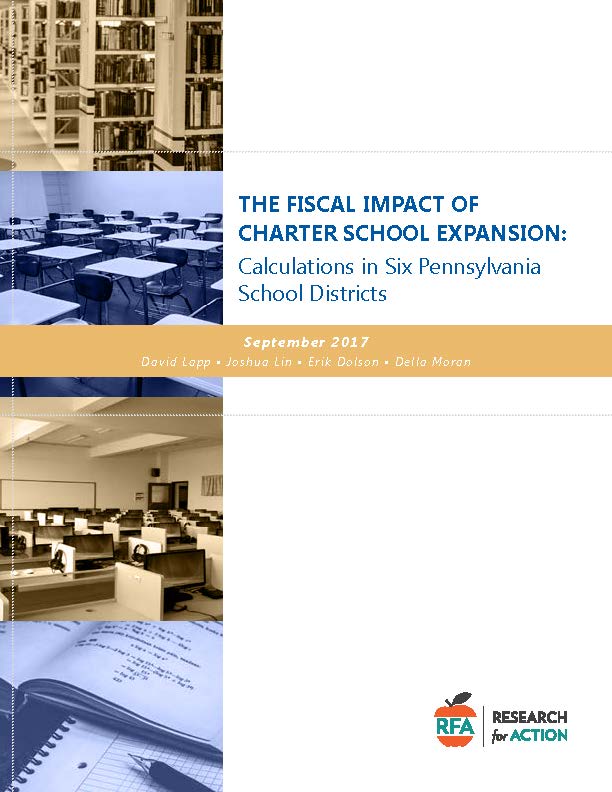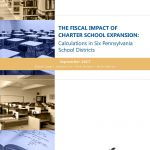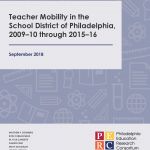The Fiscal Impact of Charter School Expansion
From 2008 to 2015, charter school enrollment in Pennsylvania more than doubled, growing from under 64,000 students to nearly 135,000 students. In Pennsylvania, as in many states, a student’s transition from a traditional public or private school to a charter school creates additional costs to the district of residence, mostly in the form of new charter tuition payments and increased administrative and oversight costs. There are also savings a district can realize for each student that it no longer educates in its own schools.
The difference between the increased costs of charter expansion (charter tuition payments) and the savings a district can realize as students depart (variable costs) is considered the fiscal impact of charter expansion. While several studies have estimated the impact of charter school expansion, estimates vary widely, and the methods for calculating them have often not been transparent. Moreover, these studies did not take important district variations or the rate of charter expansion into account. To address these shortcomings, Research for Action designed a transparent accounting-based projection model to estimate the fiscal impact of charter school expansion. The instrument used for these calculations — the Charter Impact Calculation Tool — is also available for public use.
Published: September 2017




